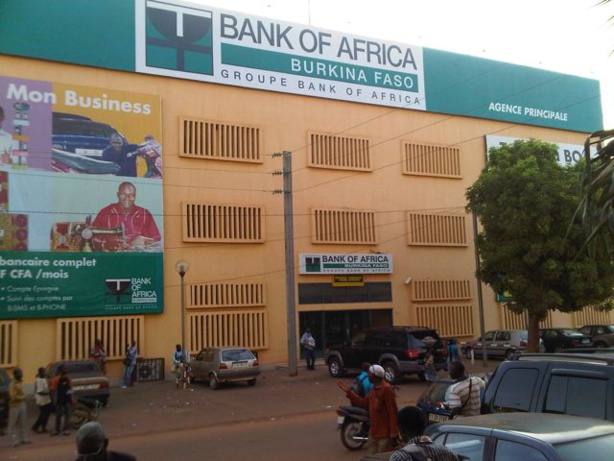Credit growth risk rises in Burkina Faso banking system
Bank of Africa Burkina Faso’s Q3 profit fell 28% y/y as credit growth stagnates amid ~1.2% GDP growth and ≈11% inflation, flagging regional banking stress. Fixed-income investors should monitor NPL ratios and share prices in West African banks.

The Q3 earnings announcement from Bank of Africa Burkina Faso revealed a significant 28% year-on-year decline in profit, serving as a potent bellwether for mounting pressures across the wider West African banking sector. As economic growth in landlocked Burkina Faso is severely constrained by escalating security risks, commodity price exposure, and limited external finances, the bank's result signals tangible distress in real-economy credit conditions, capital adequacy, and the management of non-performing loans (NPLs).
The challenging macro environment—with real GDP growth estimated at a mere ~1.2% for 2025, high inflation at ~11%, and persistent fiscal deficits exceeding 6% of GDP—directly undermines bank profitability and increases systemic risk.
Mechanically, the sharp profit decline signals multiple headwinds: weakened net interest margins, possibly from rising funding costs or suppressed yield curves; elevated provisioning necessary for covering bad loans; and generally slower credit growth across the economy. Such a drop in profits has cascading effects on the bank's health, as it can reduce its Tier-1 capital, increase leverage risk, and critically, restrict new lending.
This tightening of credit supply in turn stifles broader economic growth and slows private sector investment. For fixed-income and banking-sector investors, this result suggests that exposures in the CFA-franc zone may carry elevated risk of credit loss and warrant lower confidence in the future self-funded recapitalization abilities of regional financial institutions.
From a macro perspective, a contracting pool of banking profit severely limits domestic credit creation; credit-to-GDP in Burkina is already at a low ~18% and risks shrinking further. This restriction directly suppresses private-sector investment, necessitating an even higher reliance on potentially scarce external financing, and raises the possibility of generalized banking sector stress across the country.
The market reaction to these results will likely be cautious, potentially leading to existing bank bonds in the region seeing a spread widening of 40–50 bps and a general shift toward more cautious sentiment toward West African financials.
Looking forward into 2026, the potential for systemic intervention becomes material if banking sector profitability remains depressed (e.g., profit decline greater than 20% in H1) and if NPLs persist at high levels, particularly above 12% of total loans. Key indicators to monitor for systemic stability include the credit-to-deposit ratio (with a target of less than 90%), bank profitability as measured by Return on Equity (ROE >10%), and the non-performing loan ratio.
If these remain outside favourable thresholds by Q2 2026, expect continued downward pressure on the region’s sovereign risk premia and the potential for mandatory policy intervention via recapitalization or state support to stabilize the financial system.





